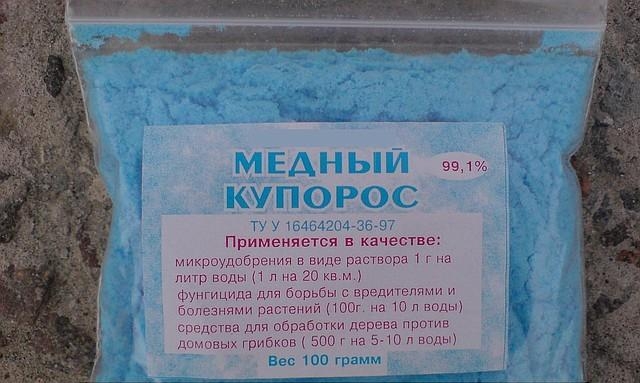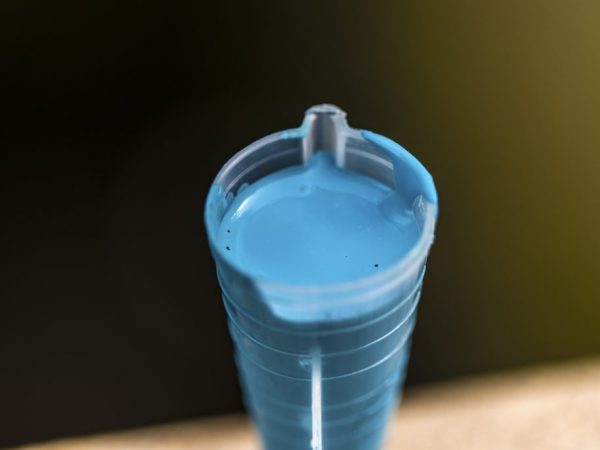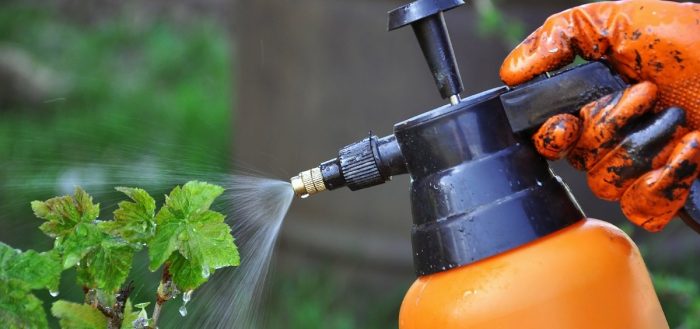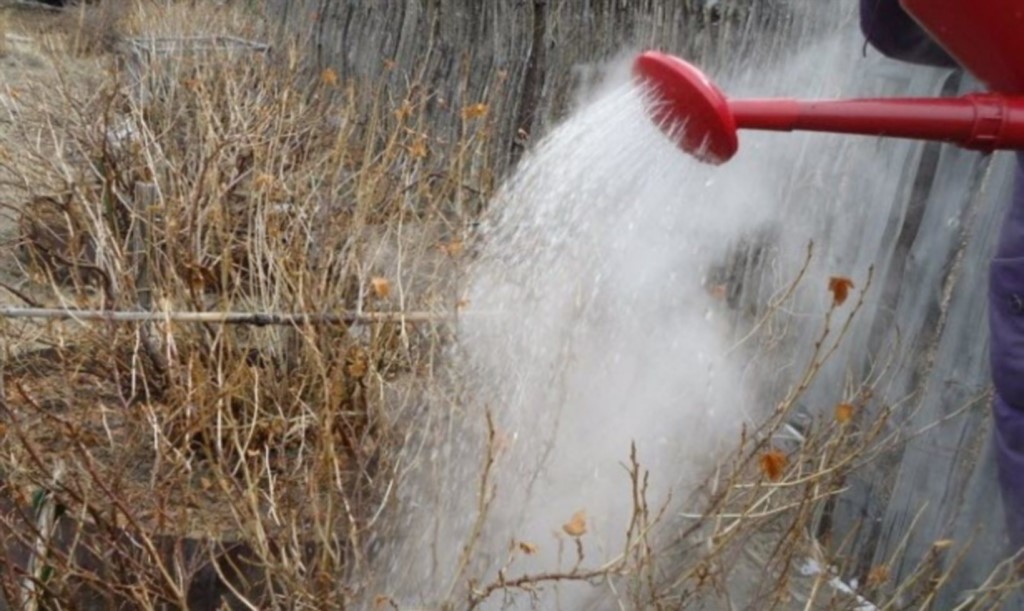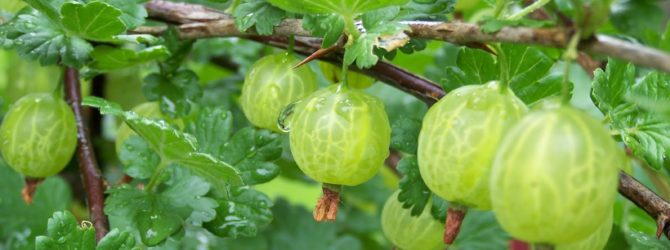Content:
Tomato is a demanding crop that needs careful maintenance. Preparation for the summer cottage begins in the spring as soon as the snow melts.
Soil preparation
Here's what's important when planting:
- The soil is preferably sandy or loamy with an acidity of about 6 pH.
- In the spring, the earth is loosened and filled with oxygen.
- Disinfectants are introduced against fungal and viral diseases, insect eggs and fungal spores.
The land suitable for gardening contains pathogens of fungal diseases. Therefore, it is important to prevent late blight disease in vegetable crops, destroy diseased bushes and disinfect the soil in time.
How to disinfect soil with copper sulfate
Copper sulfate is the most popular and budgetary means of combating tomato diseases in gardening. Another name is copper sulfate. It is a blue powder that gives the water a bright color. Sold in hardware stores in packs of 500 g.
Store the substance in a dark, dry place, use as directed and do not use after the expiration date.
It is a versatile fungicide with astringent, antiseptic and disinfectant properties. Soil cultivation with copper sulfate in spring for tomatoes is the basis of a healthy harvest.
In early spring, the site is cleared of plants and rotten leaves, they dig up and loosen the soil. At the same time, it is undesirable to leave lumps - the soil should be light and saturated with oxygen.
Then each bed should be treated with a solution of copper sulfate and water. A bucket of liquid will require 5 g of copper sulfate.
Benefits of using vitriol:
- Ease of use.
- Affordability.
- Subject to the dosage, there is no side effect.
- The bacteria do not adapt to the product.
How it helps:
- Protects against viral diseases.
- Destroys fungal spores and insect larvae.
- Increases the immunity and frost resistance of the plant.
The use of copper sulfate for tomatoes is effective against the following diseases:
- root rot,
- oversporosis,
- late blight,
- root-eater,
- downy mildew.
Instructions for use:
- Wear rubber gloves and goggles before starting work. After the end of the procedure, wash your hands.
- The finished suspension is protected from children and animals.
- The solution is not stored for more than 5 hours, it is used immediately.
- Apply a solution with a strength of up to 3%.
- The dishes are used non-metallic, preferably glass. You can no longer drink or eat from it.
- Before use, the solution is filtered and poured into nebulizers.
- The hole is poured one day before planting the seedlings.
Consumption is 10 liters per 1 m2.
If you exceed the norm or concentration, traces of burns will appear on the tops, the greens will turn black, the stem will stop growing. Using a lower dose will not have the desired effect. It is important to dilute the mixture according to the recommendations on the package.
Unused liquid is not poured into a river or stream; the chemical must be disposed of with care.
Preventive measures are carried out no more than 1 time in 5 years. Otherwise, the balance of sulfur and copper content in the soil is disturbed, toxins accumulate.
How to prepare the treatment solution:
- 1 liter of warm water requires 100 g of the substance. The solution is diluted with another 10 L of water. The resulting suspension is a 1% solution of copper sulfate.
- For 1 liter of warm water use 200 g of blue powder. Also dilute with 10 L of water. The resulting solution contains 2% copper sulfate.
How to get rid of late blight using copper sulfate
Late blight is the main enemy of gardeners. After hitting one plant, he quickly moves with gusts of wind to all other bushes. The leaves are the first to suffer, followed by the base of the plant and the fruits. Within a week, there is a risk of losing 80% of the crop. If you do not treat the vegetable crop with a fungicide in time, you will not have to feast on homemade tomatoes.
Signs of late blight:
- The appearance of a bluish bloom on the leaves.
- Brown traces spread over the leaves.
- The tomato deforms, changes color and rots.
- An unpleasant, pungent odor emanates from the fruit.
A fungal disease affects tomatoes for the following reasons:
- Frequent rains - longer than 3 days - create high humidity.
- Temperature jumps.
- Densely planted bushes. Often the disease appears in greenhouses where there is insufficient ventilation. It will show up as brown spots on leaves, fruits and stems.
To maximize protection against late blight, they fight in the early stages. If you suspect a fungus, the soil should be treated with a 0.5% solution, the dose is 50 g per 10 liters.
Root and foliar processing at different stages of cultivation
During the preparation of the planting material.After dressing with potassium permanganate, the seeds are enriched with microelements. To do this, mix 500 ml of hot water, 20 g of ash and 1 g of copper sulfate. The solution is kept in a refrigerator for 3 hours.
When planting seeds for seedlings. During this period, it is important to irrigate the seedling soil with the agent once. A 3% vitriol solution is used. This will destroy the spores of fungi and black leg. Store-bought mixture should not be decontaminated.
During the dive period of seedlings.The soil is moistened with copper sulfate. Then the landings are placed in a separate container. At this stage, only 1% copper sulfate solution is used.
During planting in the greenhouse.The temperature should be at least 5 degrees. Each hole is watered with liquid. Do not forget about adding fertilizers and mulch. Solanaceous crops do not like acidic soil. To reduce the pH level, Bordeaux liquid is diluted: 300-400 g of copper sulfate and 5 liters of water are mixed. In a separate container, add 300 g of milk of lime and 5 liters of water. Both mixtures are combined in a 1: 1 ratio.
During the appearance of fruits.In mid-June, the bushes are sprayed with a 0.1% solution so as not to burn fragile leaves.
After harvest.At the end of the season, the greenhouse structure is washed even in the most inaccessible places and the soil is disinfected.
Spraying tomatoes
For disinfection of the plant, the growing season is chosen - early spring. In this case, the procedures should be completed before the ovaries appear - 60 days in advance. Otherwise, toxins will accumulate in the fruits. However, if you use a Bordeaux mixture, the aggressive effect is reduced. The disadvantages include the appearance of blue spots on the leaves.
If you add baking soda instead of lime to copper sulfate, the solution does not need to be filtered. All substances will dissolve and will not clog the spray opening. It is also effective against fungal diseases and can be easily washed off with clean water. At the same time, the process of photosynthesis is not disturbed and the appearance of the bushes is not spoiled.
A suitable time of day is morning before 9:00 or evening after 20:00.
For the procedure, choose a calm weather and irrigate each bush with 3 liters of the mixture. A thin film will cover the leaves.
In dry summers, plantings are no longer sprayed until August.
In the rainy and cool season, repeat the treatment every 2 weeks.
Key recommendations
Prevention is easier than eradicating. In addition to disinfecting soil and plants, the greenhouse should be kept in an almost sterile environment.
After harvesting, the structure is washed.
During the summer season, old tools and equipment are not brought inside.
It is advisable to clean your shoes upon entry. A rug laid in front of the door and disinfected with copper sulfate will help with this.
To prevent or slow down the appearance of late blight, preventive measures are taken at all stages of tomato planting. This applies to the disinfection of the greenhouse, soil, roots and plant bushes. If the disease has manifested itself in full force, it is important to know the weather forecast. After the temperature drops to 15 degrees and precipitation falls, the tomatoes are sprayed with a solution of copper sulfate.
